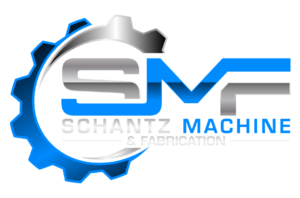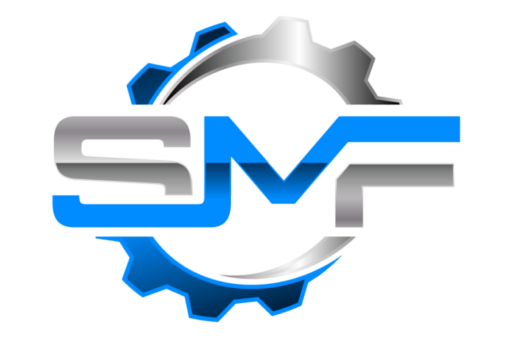Considering Tolerance: How to Save Money and Time on Custom Machined Parts
- Posted By: Zach Schantz
Customers sometimes ask how they can reduce the price of custom machined parts. Material is a factor, but on complex CNC parts, it’s often a small piece of the total cost. However, what does drive up cost is applying unnecessarily tight tolerances.
Thinking about tolerances can save you money (and cut down delivery time, too.)
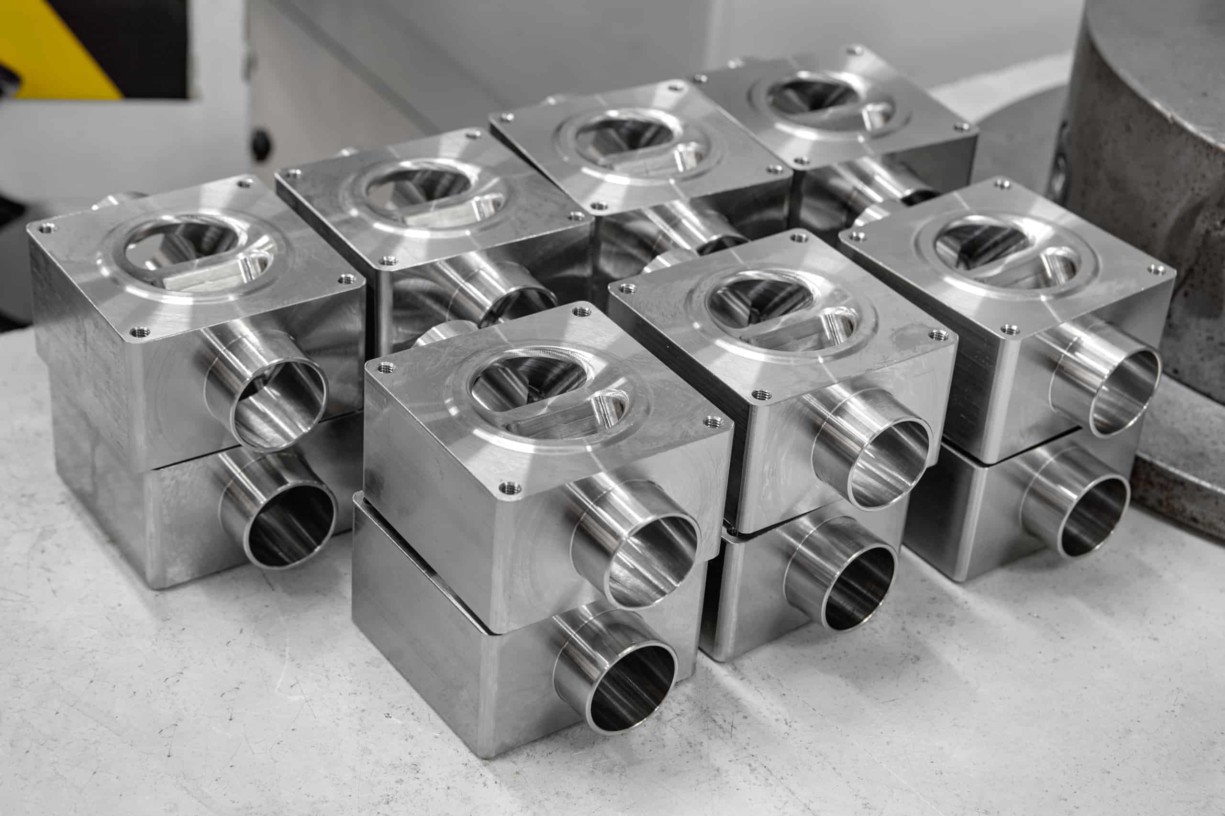
The Importance of Tolerance for Custom Machined Parts
It’s impossible to machine or measure a feature exactly; there’s always some variation. This is due to variability in both the machine tool and in the measurement device. To handle this, you put a tolerance on the target dimension. This tolerance is a range within which the feature is considered acceptable. Tolerances affect how mating parts assemble together and how a product feels and functions. If tolerances aren’t considered carefully during design, you might find it impossible to assemble two parts, or they may have too much play or not work as expected.
Tolerances Dictate the Machining Process
Custom machined parts usually go through milling and/or turning. Well-maintained machines should hold tolerances as tight as +/-0.002”. To put that in perspective, a dollar bill is 0.0043” thick, so that’s how much variation this tolerance allows. If a part or feature must be kept to a tighter tolerance, the next step up is grinding. This can maintain up to about +/-0.0002”. If you need tighter still, the part must undergo honing or polishing.
Really Tight Tolerances Cost more Money
Unfortunately, grinding is a slow process, and the machines required to do it are expensive. To save time, we’d mill or turn before grinding, which adds an additional step in the process of making your custom machined parts. Then, checking the ground dimension takes longer and will likely need more sophisticated measuring equipment. This is ultimately why a tighter tolerance costs more. A rule-of-thumb is that adding a decimal place to the tolerance – going from +/-0.010 to +/-0.001” – can double or triple the cost of producing that feature.
Consider Tolerance Before Having your Parts Made
When you send us prints for custom machined parts, we review them to determine the machining processes and sequence needed to create them. However, you should remember that we probably won’t know what the parts are for or how they’ll go together. If no tolerances are called out, we’ll have to make some assumptions. Because your satisfaction is paramount, we’ll assume those features need tight tolerances.
One good practice is to put a default tolerance on the print and then add tighter tolerances only to dimensions where they’re needed. For example, you might have a default of +/-0.010”, but a shaft that needs a close fit in a bearing may have a diameter at +/-0.002”. This highlights another aspect of tolerances to consider: does the feature being dimensioned interact with another part? If it does, determine the limits that will provide the best fit and performance. If not, leave the tolerance at the aforementioned default.
Tight Tolerances Slow Part Delivery
Schantz Machine & Fabrication is capable of producing custom machined parts to very tight tolerances, but they often take longer and may extend delivery. If you’re looking to save money on CNC parts, look closely at the tolerances you’re applying, and If you’d like some advice, we’re always happy to talk.
Other Articles of Interest
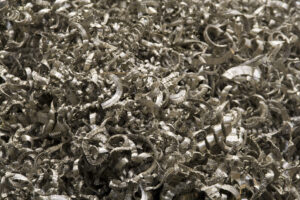
Titanium vs Steel Choice
Titanium vs Steel: Whats the Better Choice? In the manufacturing world and the machining industry, titanium and steel are the top choices when it comes
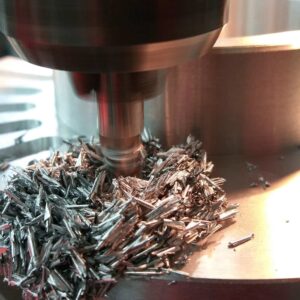
Top Challenges to Consider When Machining Titanium
Top Challenges to Consider when Machining Titanium Titanium’s high strength, high corrosion resistance, low weight, and other distinctive characteristics make it a material that is
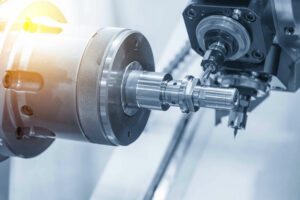
What is Turning CNC Turning Milling for Custom Machining
What is Turning? CNC Turning & Milling for Custom Machining CNC machining encompasses several processes, the outcomes of which can include tools, parts, or components
How Can We Help You Today?
From initial design, to prototypes and full production,
you can count on us to deliver quality parts,
on time and on budget!
